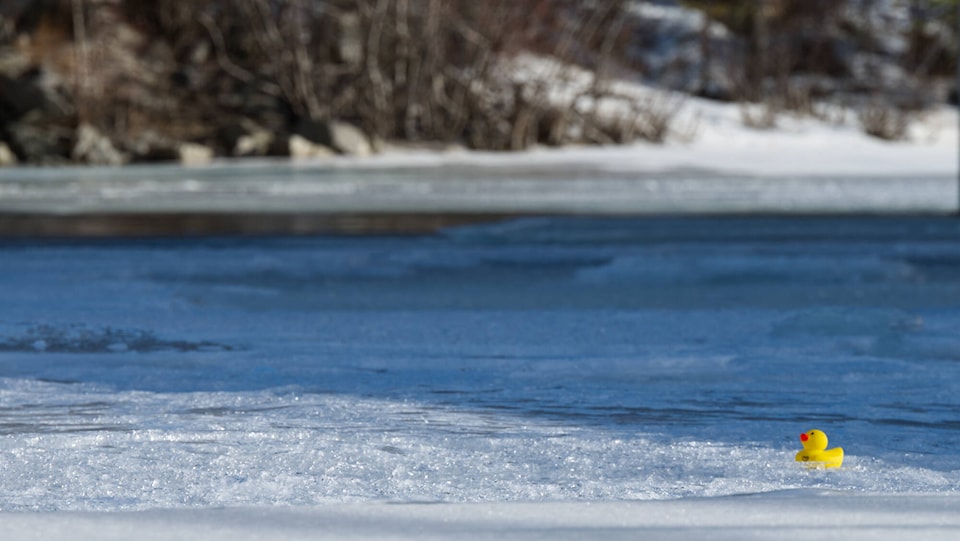The first of the Yukon’s three snow survey bulletin and water supply forecast reports for the year foresees average flows during the upcoming melt for most of the territory. The average is likely to be exceeded in the Porcupine, Klondike and Peel basins.
The reports, issued in early March, April and May, are put together by the Yukon Environment department’s water resources branch. The first one of 2024 is dated March 1.
It reflects insight into the development of snowpack, according to a March 14 email statement from Environment department communications analyst Mara De La Rosa. The appropriate spokesperson was away, thus an interview wasn’t possible.
In the southern half of the territory, the snow survey revealed a nearly normal or slightly below average snowpack, per the report.
The northern portion saw more snowpack than usual.
The snowpack for the Porcupine River basin is well above normal, as noted in the report. The intensity of ice jams and peak water levels will largely be determined by the weather leading up to the breaking up of the ice on the river and the spring freshet.
“Old Crow currently has the highest relative flood risk due to the record snowpack and the potential for that to drive high flows on the Porcupine River if the snow melts rapidly. This could result in flooding during breakup due to high ice jam-induced water levels, or the open water period due to high snowmelt peak flows,” De La Rosa said.
Above-average snowpack is being reported for the Peel River basin. There’s potential for rivers and streams to cross the Dempster Highway, with the weather conditions in March and April playing a key role in determining the most likely spring scenario.
As noted in the report, watch the weather in March and April around the Klondike River basin, where spring melt flow volumes have the potential to be above average with high spring freshet water levels.
“The current flood risk for the Klondike Valley is above average and highest around the Klondike highway bridge and the Tr’ondëk Hwëch’in C4 subdivision, and low-lying areas for several kilometers upstream of the bridge, as a result of the potential for ice jamming,” De La Rosa said.
“We will have a better sense of the flood risk for Old Crow and the Klondike Valley when the spring flood risk assessment is issued in mid-April.”
READ MORE: Klondike Valley flood-affected residents, businesses, farms file $1.5M in claims
Contact Dana Hatherly at dana.hatherly@yukon-news.com
